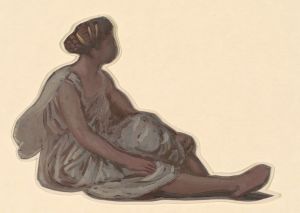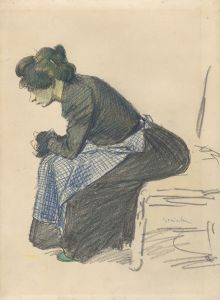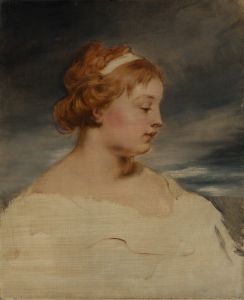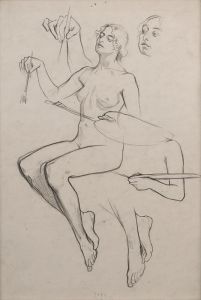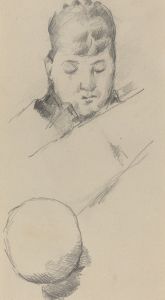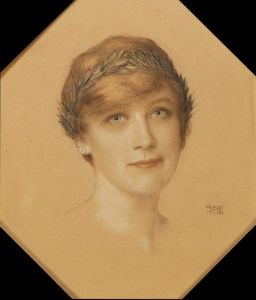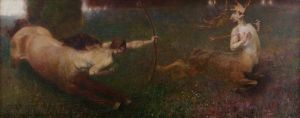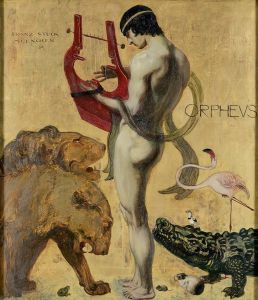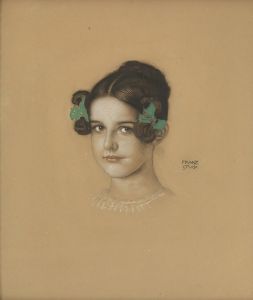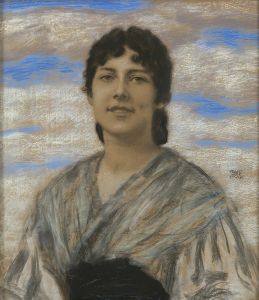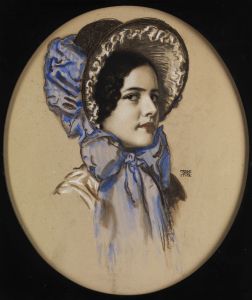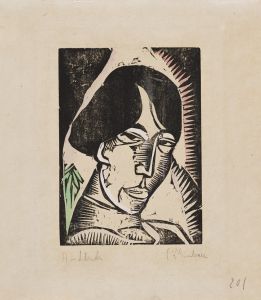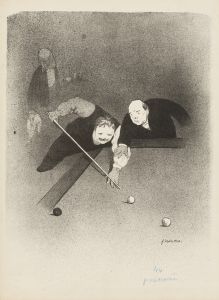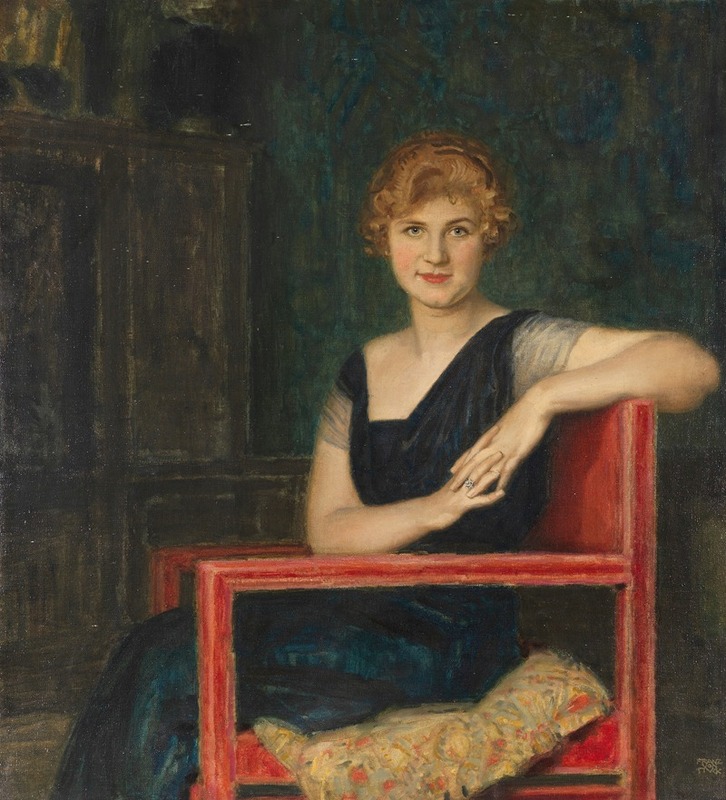
Bildnis einer Dame
A hand-painted replica of Franz von Stuck’s masterpiece Bildnis einer Dame, meticulously crafted by professional artists to capture the true essence of the original. Each piece is created with museum-quality canvas and rare mineral pigments, carefully painted by experienced artists with delicate brushstrokes and rich, layered colors to perfectly recreate the texture of the original artwork. Unlike machine-printed reproductions, this hand-painted version brings the painting to life, infused with the artist’s emotions and skill in every stroke. Whether for personal collection or home decoration, it instantly elevates the artistic atmosphere of any space.
Franz von Stuck, a prominent German painter, sculptor, and architect, created the artwork "Bildnis einer Dame" (Portrait of a Lady) during the late 19th or early 20th century. Stuck was a key figure in the Munich Secession, an art movement that sought to break away from the traditional academic art styles of the time. His work is often associated with Symbolism, a movement characterized by the use of symbolic imagery to convey deeper meanings and emotions.
"Bildnis einer Dame" exemplifies Stuck's skill in portraiture, showcasing his ability to capture the essence and personality of his subjects. Although specific details about the identity of the lady in the portrait are not widely documented, the painting reflects the artist's typical style, which often includes a focus on the interplay of light and shadow, as well as a meticulous attention to detail.
Stuck's portraits are known for their psychological depth, often portraying his subjects with a sense of introspection and mystery. In "Bildnis einer Dame," the lady is depicted with a serene yet enigmatic expression, inviting viewers to ponder her thoughts and emotions. The composition of the painting is carefully balanced, with the subject often placed against a simple background to emphasize her presence and character.
The use of color in "Bildnis einer Dame" is subtle yet effective, with Stuck employing a palette that enhances the mood of the portrait. His technique often involves layering colors to create a rich, textured surface that adds to the overall impact of the work. This approach is consistent with Stuck's broader artistic practice, where he often explored the interplay between form, color, and light to evoke a particular atmosphere or emotional response.
Franz von Stuck's contributions to the art world extend beyond his paintings. He was also a respected teacher at the Academy of Fine Arts in Munich, where he influenced a generation of artists, including notable figures such as Paul Klee and Wassily Kandinsky. Stuck's legacy is evident in the way he helped shape the direction of modern art in Germany and beyond, particularly through his involvement with the Munich Secession and his innovative approach to art and design.
"Bildnis einer Dame" remains an important example of Stuck's work, reflecting both his technical prowess and his ability to convey complex emotional narratives through portraiture. The painting is a testament to Stuck's enduring influence in the art world and his role in the transition from 19th-century academic art to the more expressive and symbolic styles of the early 20th century. While specific details about the painting's provenance or current location may not be extensively documented, its significance within Stuck's oeuvre and its representation of his artistic ideals are well recognized.





